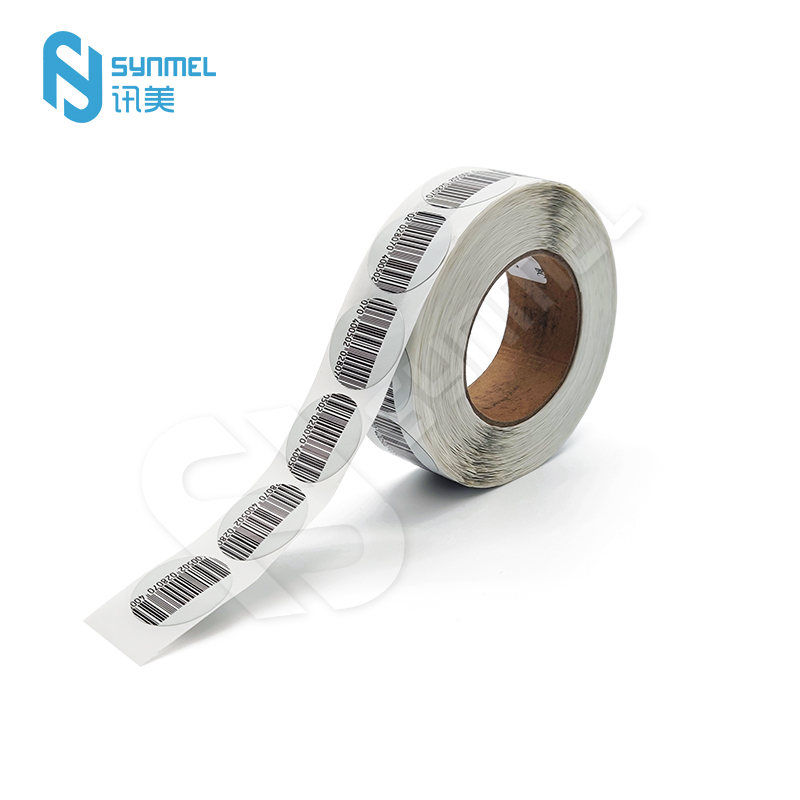- English
- Español
- Português
- русский
- Français
- 日本語
- Deutsch
- tiếng Việt
- Italiano
- Nederlands
- ภาษาไทย
- Polski
- 한국어
- Svenska
- magyar
- Malay
- বাংলা ভাষার
- Dansk
- Suomi
- हिन्दी
- Pilipino
- Türkçe
- Gaeilge
- العربية
- Indonesia
- Norsk
- تمل
- český
- ελληνικά
- український
- Javanese
- فارسی
- தமிழ்
- తెలుగు
- नेपाली
- Burmese
- български
- ລາວ
- Latine
- Қазақша
- Euskal
- Azərbaycan
- Slovenský jazyk
- Македонски
- Lietuvos
- Eesti Keel
- Română
- Slovenski
- मराठी
- Srpski језик
How to extend the service life of RF labels
2025-07-10
RF labels are widely used in modern logistics, supply chain management, asset tracking and other fields. In order to extend the service life of RF labels, the following aspects need to be considered:
1. Choose high-quality RF labels. RF labels in different application environments will have different durability requirements. Choose high-durability label types, such as industrial-grade labels designed for high temperature, chemical corrosion or harsh environments. For RF tags used in humid or harsh environments, waterproof and dustproof designs are essential. Choose labels with encapsulation to avoid moisture or dust from damaging the circuit.
2. The operating temperature range of RF labels is usually limited. Avoid exposure to extremely high or low temperatures, especially for tags with high tolerance requirements for electronic components. Both high and low temperatures may affect the working performance of the chip and the reading stability of the label. The working principle of RF tags relies on radio frequency signals. Strong electromagnetic interference may interfere with the signal transmission of the tag and reduce its effectiveness. Avoid exposing RF labels to these environments.
3. Add protective shells or coatings to RF labels, especially for labels that need to frequently contact the outside world or may be physically impacted. The shell can effectively reduce the wear of the label and prevent physical damage. The chip and antenna structure of the RF label are easily compressed or squeezed by external forces, which may cause damage. Avoid contact between the label and heavy objects or external pressure during transportation.
4. Long-term exposure to sunlight may cause aging or damage to the shell of the RF tag. Avoid placing RF labels in direct sunlight, especially in tropical or high-temperature environments. When storing RF labels, try to avoid humid, high-temperature or overly dry environments to ensure that the storage environment is suitable for long-term storage of labels. Labels should be placed in the original packaging to avoid being affected by the external environment.
5. For environments that are exposed to chemicals, you can choose anti-corrosion or chemical-resistant RF labels. When using RF labels in dirty environments, clean the surface of the label regularly to avoid the accumulation of dust, oil and other substances, which will affect the performance and service life of the label.
6. The chip of the RF label usually has a certain limit on the number of writes, and frequent writes will shorten the life of the label. Try to avoid unnecessary write operations. Excessive read operations may also affect the life of the RF label, especially when the label is constantly receiving read signals. Reasonably arrange the reading distance and reading frequency to avoid the tag from working continuously when it is not necessary.
7. For frequently used RF labels, you can regularly check whether the label functions normally to ensure that the tag is not damaged or the signal transmission is abnormal. If the RF label is found to be worn, invalid or cannot be read normally, replace it in time.
Through these measures, the service life of the RF label can be effectively extended and its long-term stability and reliability in different application environments can be improved. When selecting and using RF labels, comprehensive consideration of environmental conditions, physical protection, chemical protection and other factors will help ensure the long-term effectiveness of the label.




